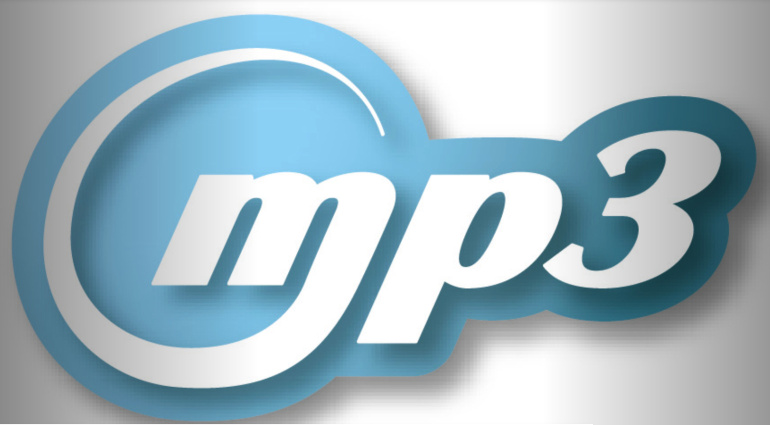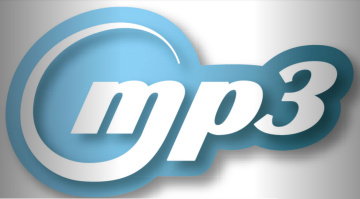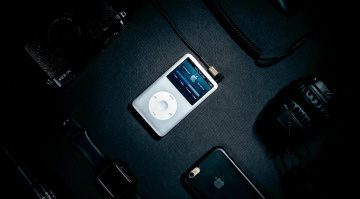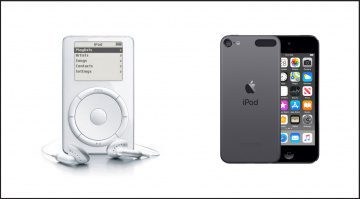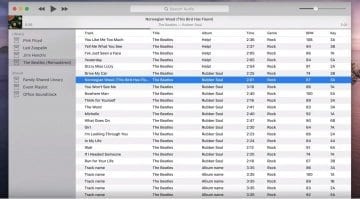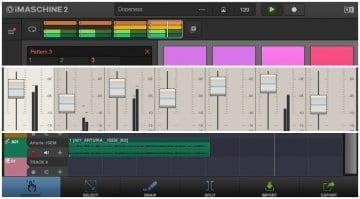30 Years of MP3: Between CDs and Streaming Came Napster and iTunes
Let's not forget Winamp, Kazaa and Limewire!
Let’s celebrate 30 years of MP3! The compressed audio file format caused a radical upheaval in the music industry in the late 1990s with the wave of file-sharing platforms such as Napster. Then came the iPod, iTunes, and a whole host of MP3 players, until Spotify heralded the end of the MP3 era in 2008. Happy birthday, MP3!
How It All Began
Research to improve voice quality during telephone calls using increasingly sophisticated compression methods was already underway back in the 1970s. However, these early developments were unsuccessful due to the poor performance of the available systems.
In the early 1980s, the Fraunhofer Institute, the US telecommunications giant AT&T, and the hi-fi manufacturer Thomson collaborated to develop the compression standard further.
In July 1995, the moment finally arrived: the MP3 format, also known as MPEG-1 Audio Layer III, was unveiled. Developed by Fraunhofer researchers Ernst Eberlein, Heinz Gerhäuser, Bernhard Grill, Jürgen Herre, Harald Popp, and above all Karl Brandenburg, the format offered high audio quality even at low data rates. That made MP3s ideal for a time of modems with speeds of 14.4, 28.8, or 33.6 kbit/s. 30 years of MP3 is a long time ago!
Napster, iPod, and iTunes
30 years of MP3: What followed was a radical break in the music industry. Until the late 1990s, it had broken one sales record after another with CDs. However, the rapid spread of internet connections and the emergence of file-sharing networks such as Napster, Kazaa, and Limewire led to equally dramatic sales slumps after these highs.
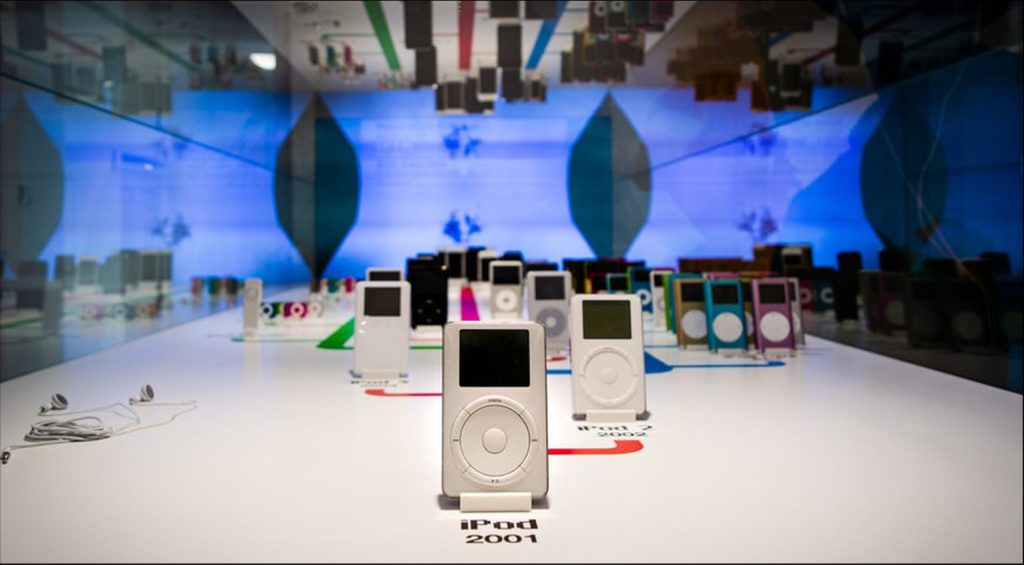
In the beginning, labels and manufacturers slept through the rapid development, preferring to sue file-sharing users for exorbitant sums while iPod and iTunes raced ahead. In the early 2000s, the iPod and other MP3 players offered much greater storage capacity than Discman and Walkman players.
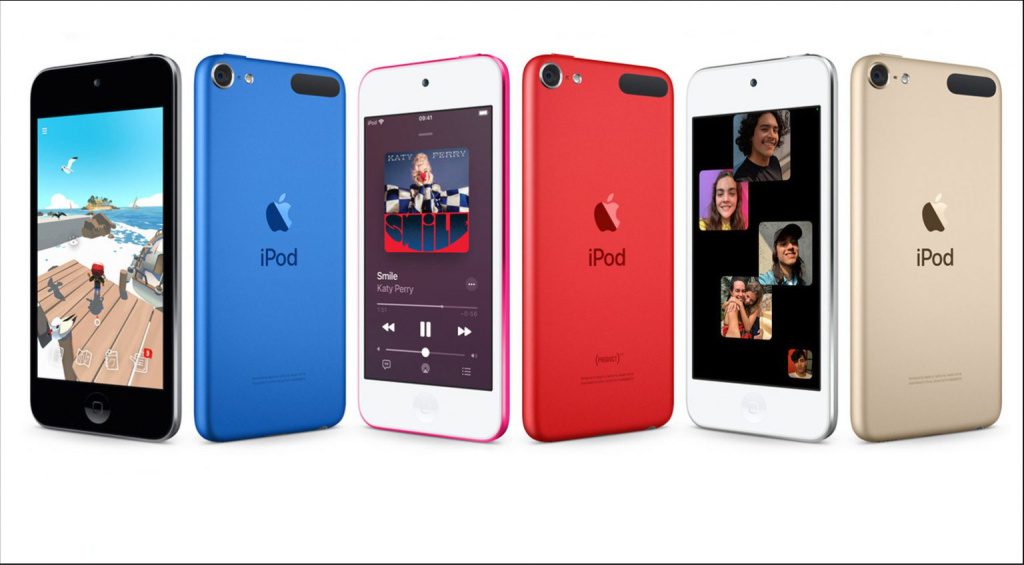
When the iTunes Music Store was introduced in 2003, the music industry, i.e., the major labels, did not believe Steve Jobs was capable of bringing about such a major upheaval. But things turned out quitedifferently. Although the store offered songs in AAC format rather than MP3, many people also used the iTunes software to “rip” their CDs as MP3s. This meant they could have their favorite albums directly on their computers and MP3 players.
30 Years of MP3: What Remains
Looking back at the history of the format at 30 years of MP3 and comparing its significance at its peak with today, not much remains. All major DAWs still offer the format for import and export, and MP3 is also often required if you want to send demos via voice message.

But in the age of Spotify, Apple Music, and other streaming services, MP3 hardly plays a role anymore. Plus, anyone who uses a dedicated audio player instead of their smartphone to listen to music today usually listens to high-resolution formats such as FLAC.
And yet, similar to CDs and tapes, something of the sound of MP3s has remained as a nostalgic feeling. Plugins such as Digitalis by Aberrant DSP, Codec by Lese, or Lossy by Goodhertz (also available as a pedal) simulate the sound of broken-sounding 96 kbit/s MP3s.
Platforms such as Bandcamp almost always offer MP3 in addition to FLAC. Winamp also seems to be making a comeback. And the patent for the format expired in 2017, meaning that any hardware or software can now integrate MP3 without restrictions. So, as insignificant as it may seem compared to 25 years ago, 30 years of MP3 are far from the end!
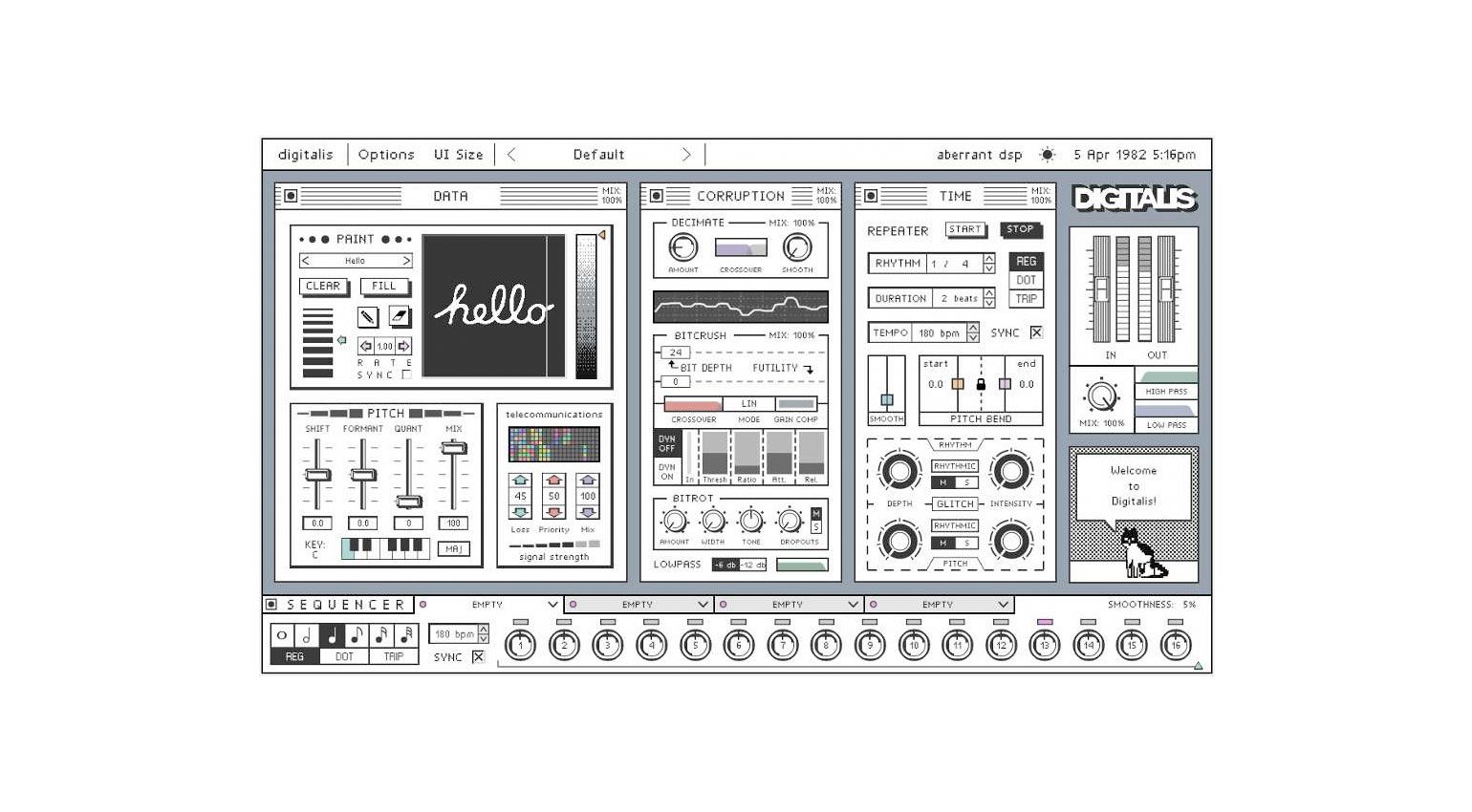
*Disclaimer: This post about 30 Years of MP3 contains affiliate links and/or widgets. When you buy a product via our affiliate partner, we receive a small commission that helps support what we do. Don’t worry, you pay the same price. Thanks for your support!

 4,0 / 5,0 |
4,0 / 5,0 | 